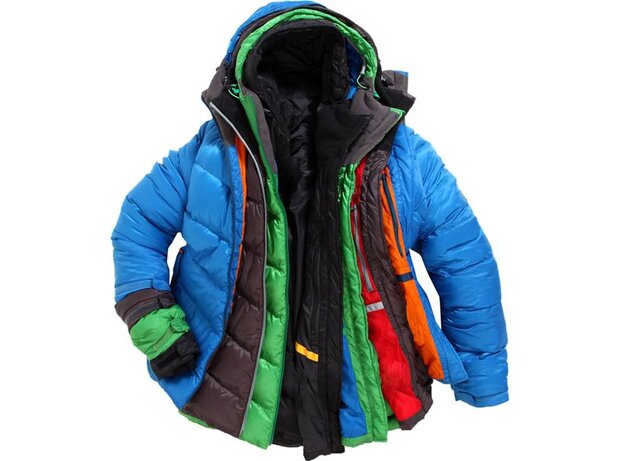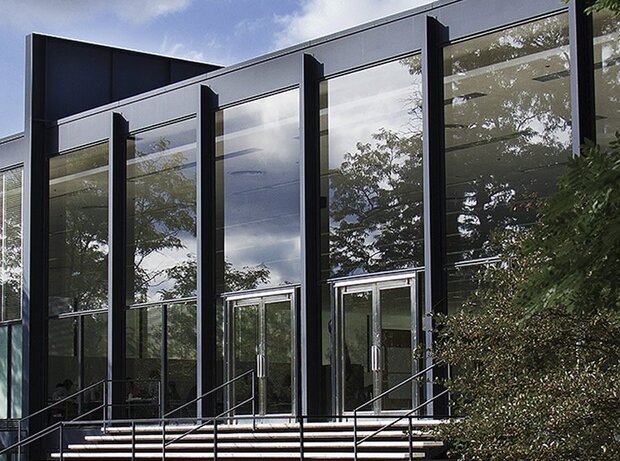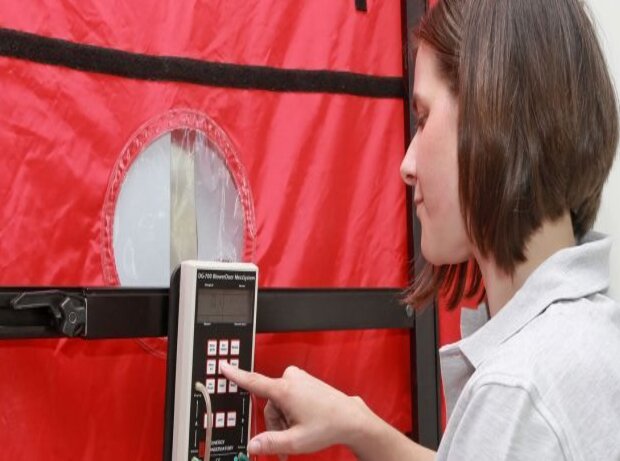
Passive House Classes – an introduction
The Passive House Institute differentiates between The Passive House Classic, the Passive House Plus & the Passive House Premium. Learn what they are.
Passive House is an international building standard. Passive Houses are energy efficient, economical, environmentally friendly & a cozy place to live at the same time.
The Passive House Institute in Darmstadt (Germany) has introduced 3 classes of the Passive House: The Passive House Classic, the Passive House Plus & the Passive House Premium. Here you get a short overview of the three classes.
Passive House Classic
According to the criteria of the Passive House Institute, a Passive House may not exceed the heating requirement of 15 kWh per square meter per year. Furthermore, a Passive House is defined by limit values. The primary energy requirement may not exceed 120 kWh per square meter per year. There are also requirements for the airtightness of the building envelope and the efficiency of the installed devices.
Passive House Plus
A Passive House Plus has a roughly balanced energy balance. This means that it generates about the same amount of energy as it needs over the year. For example, through a thermal solar system. Through further measures, such as a shower water heat recovery system, a building can become a Passive House Plus.
Passive House Premium
A Passive House Premium generates significantly more energy than it needs. In order to go from Passive House Plus to Passive House Premium, it is not enough to optimise the system technology alone. This may require further measures such as highly efficient LED lighting, passive house windows of class phA and structural measures on the building shell.
Do you want to build a passive house? Do you have any experiences in building passive houses? Share them with us!

Stefanie Schaller
HR Marketing and Employer Branding Manager on a mission to position SIGA as a great employer. Outside of work, she enjoys immersing herself in the world of books, passionately practices yoga, and is a proud mum.










